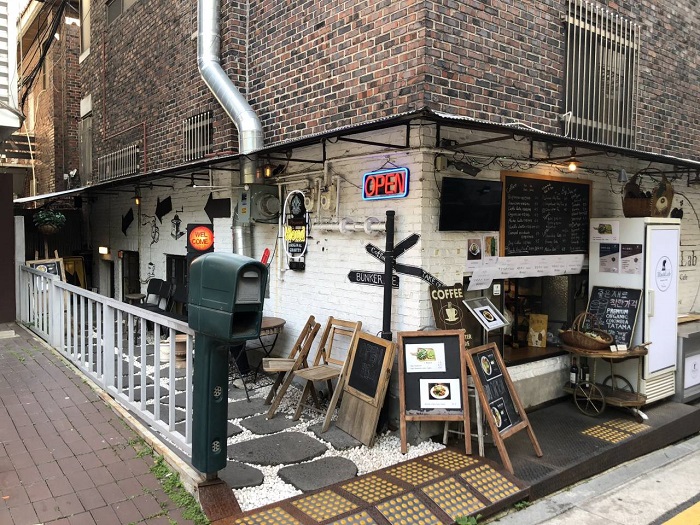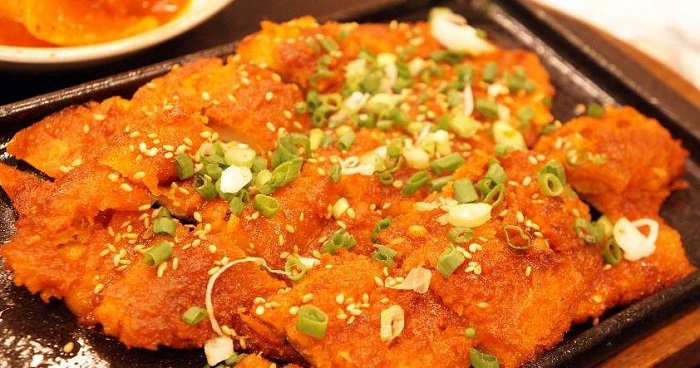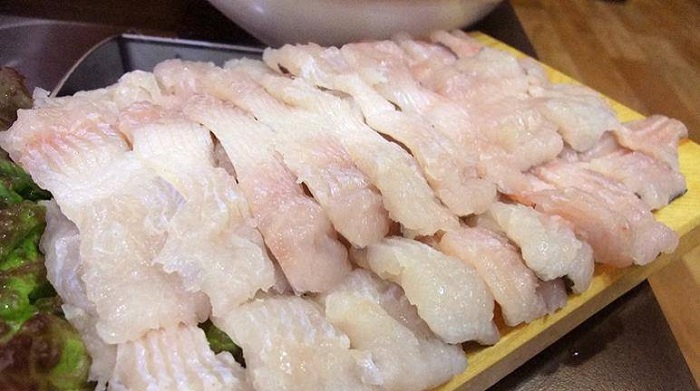Gom Ba Wie (곰바위)
678.1M 2024-03-25
16 Bongeunsa-ro 97-gil, Gangnam-gu, Seoul
02-511-0068
Situated near COEX, Gom Ba Wie is a renowned restaurant that specializes in dishes crafted from beef intestines. The establishment's signature offerings include yang gui (grilled beef tripe) and daechang gui (grilled beef large intestines), both of which are expertly charcoal-grilled to enhance flavor and preserve their distinctive springy texture. Additionally, the restaurant is famous for its gopchang jeongol (beef small intestine hot pot), a popular choice during the winter months, as well as its unique rendition of baekkimchi (white kimchi).
Olive Young - Bongeunsa Station Branch [Tax Refund Shop] (올리브영 봉은사역)
717.5M 2024-04-17
602, Yeongdong-daero, Gangnam-gu, Seoul
-
Black Lab (Black Lab)
719.6M 2021-03-24
5-16, Seolleung-ro, 96-gil, Gangnam-gu, Seoul
+82-70-4858-3588
It is a place where you can enjoy homemade barbecue. This restaurant's signature menu is waffle. This Western dishes restaurant is located in Gangnam-gu, Seoul.
Hwangtae Myeongga (황태명가)
719.8M 2021-03-30
602, Yeongdong-daero, Gangnam-gu, Seoul
+82-2-517-9262
You can enjoy various types of yellowtail dishes. This restaurant's signature menu is grilled dried pollack. This Korean dishes restaurant is located in Gangnam-gu, Seoul.
Superior - Teheran Branch [Tax Refund Shop] (슈페리어테헤란)
740.5M 2024-04-23
614, Teheran-ro, Gangnam-gu, Seoul
-
Bando Camera - Gangnam Branch [Tax Refund Shop] (반도카메라 강남)
754.1M 2024-04-18
1F, 2F, 3F, 4F, 7F, 445, Yeoksam-ro, Gangnam-gu, Seoul
-
BST Plastic Surgery [Tax Refund Shop] (비에스티성형외과 [사후면세점])
757.9M 2024-04-16
6-7F Inam Bldg., 616, Yeongdong-daero, Gangnam-gu, Seoul
-
Seoul Bongeunsa Temple (봉은사 (서울))
758.9M 2024-10-24
531 Bongeunsa-ro, Gangnam-gu, Seoul
+82-2-3218-4800
Once known as Gyeonseongsa Temple, Bongeunsa Temple is located north of COEX, and was constructed in the 10th year of Silla King Weongseong’s reign (794). In 1498, Queen Jeonghyeon refurbished Gyeonseongsa Temple and renamed it Bongeunsa Temple.
Originally located near the Royal Tomb of King Seongjong, the temple was transferred to its current location during Joseon King Myeongjong’s reign. The temple is home to 3,479 Buddhist scriptures of 13 types, including the works of Kim Jeong-hee. The Buddhist ceremony called Jeongdaebulsa is held on the ninth day of the eighth month of the lunar calendar, where monks march carrying the scriptures on their heads and recite the Beopseongge (Buddhist rites).
Olive Young - Seolleung-ro Branch [Tax Refund Shop] (올리브영 선릉로)
768.6M 2024-04-18
20, Teheran-ro 64-gil, Gangnam-gu, Seoul
-
Yeosu Odongdo - Daechi Branch (여수오동도 대치)
781.2M 2021-03-29
7, Samseong-ro 71-gil, Gangnam-gu, Seoul
+82-2-557-0039
It is a place serving Jeolla-do style seasonal seafood. This Korean dishes restaurant is located in Gangnam-gu, Seoul. The most famous menu is octopus soup.

![Olive Young - Bongeunsa Station Branch [Tax Refund Shop] (올리브영 봉은사역)](http://tong.visitkorea.or.kr/cms/resource/68/2879768_image2_1.jpg)


![Bando Camera - Gangnam Branch [Tax Refund Shop] (반도카메라 강남)](http://tong.visitkorea.or.kr/cms/resource/39/2888739_image2_1.jpg)
![Olive Young - Seolleung-ro Branch [Tax Refund Shop] (올리브영 선릉로)](http://tong.visitkorea.or.kr/cms/resource/87/2888587_image2_1.jpg)

 English
English
 한국어
한국어 日本語
日本語 中文(简体)
中文(简体) Deutsch
Deutsch Français
Français Español
Español Русский
Русский